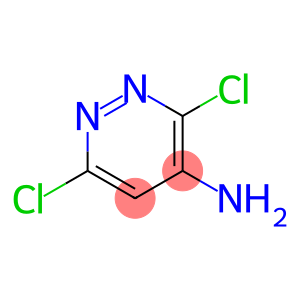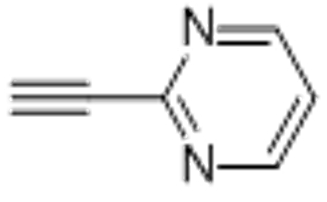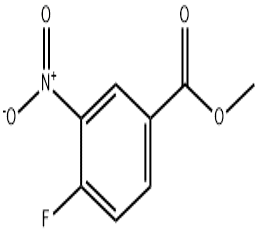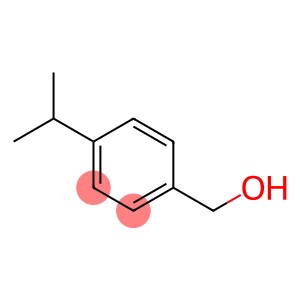3,3-Dimethyl-1,5-dioxaspiro[5.5]undecan-9-one(CAS#69225-59-8)
| Risk Codes | R36/37/38 – Irritating to eyes, respiratory system and skin. R52/53 – Harmful to aquatic organisms, may cause long-term adverse effects in the aquatic environment. |
| Safety Description | S24/25 – Avoid contact with skin and eyes. S61 – Avoid release to the environment. Refer to special instructions / safety data sheets. |
| WGK Germany | 3 |
| HS Code | 29329990 |
Introduction
1,4-cyclohexanedione mono-2,2-dimethyl-trimethyle is an organic compound with the chemical formula C9H12O3. It is a colorless to pale yellow solid with a peculiar odor.
Nature:
-Melting point: about 98-100 degrees Celsius
-Boiling point: about 280-300 degrees Celsius
-Density: about 1.21 g/ml
-Solubility: Soluble in water, alcohols and ketones
Use:
- 1,4-cyclohexanedione mono-2,2-dimenethyl-trimethyle is commonly used as a reagent and intermediate in organic synthesis.
-In the field of medicine, it can be used to prepare the synthesis of certain pharmaceutical active parts.
-It can also be used as an additive in coatings and resins to improve their physical properties.
-In addition, it can also be used for the synthesis of dyes and pigments, the preparation of lubricants and plastic additives.
Preparation Method:
A common preparation method is obtained by the alkylation reaction of cyclohexanone with methyl iodide or methyl bromide under acid catalysis.
Safety Information:
1,4-cyclohexanedione mono-2,2-dimenethyl-trimethyle has less specific toxicological data, so the following safety precautions should be paid attention to during handling and use:
-Avoid inhaling dust or vapors and ensure good ventilation.
-Avoid skin contact and eye contact. If there is contact, rinse immediately with water and seek medical attention.
-During storage and transportation, contact with oxidants, strong acids, strong bases and other substances should be avoided to prevent dangerous reactions.
When using this compound, you should follow the correct laboratory operating procedures and safe operating procedures to ensure personal safety.


![3,3-Dimethyl-1,5-dioxaspiro[5.5]undecan-9-one(CAS#69225-59-8) Featured Image](https://www.xinchem.com/uploads/33-Dimethyl-15-dioxaspiro5.5undecan-9-one.jpg)



![“N-[(S)-(4- Nitrophenoxy)phenoxyphosphinyl]-L- alanine 2-ethylbutyl ester(CAS#1354823-36-1)”](https://www.xinchem.com/uploads/N-S-4-Nitrophenoxyphenoxyphosphinyl-L-alanine-2-ethylbutyl-ester.jpg)

